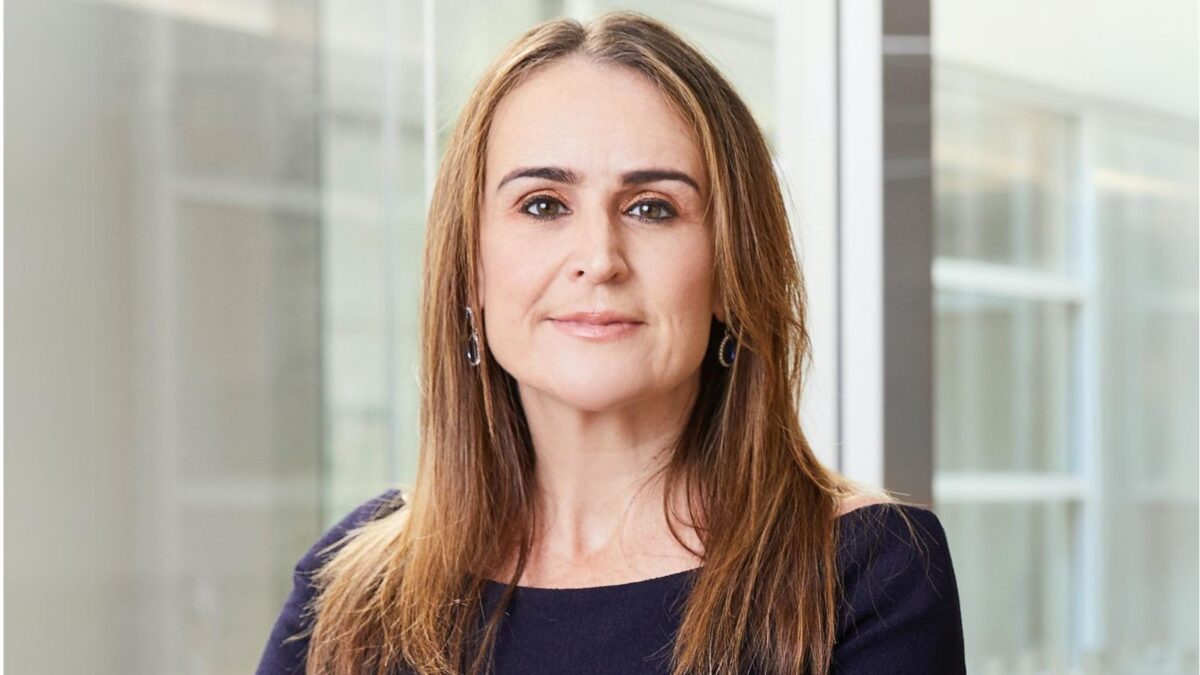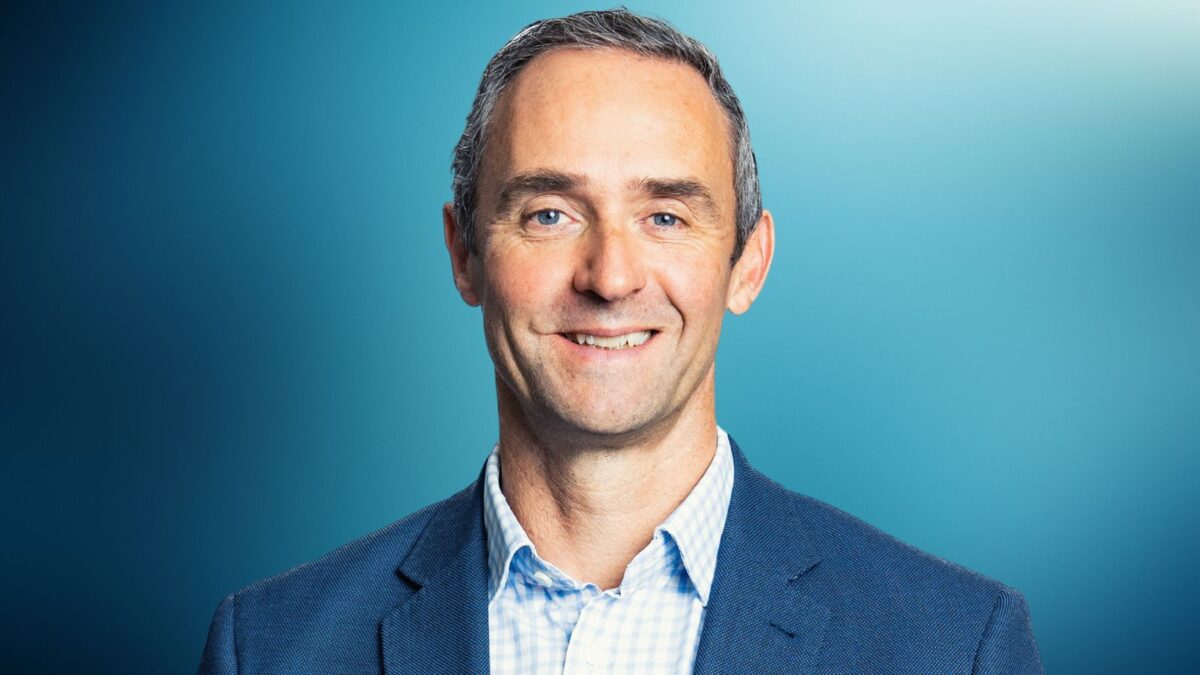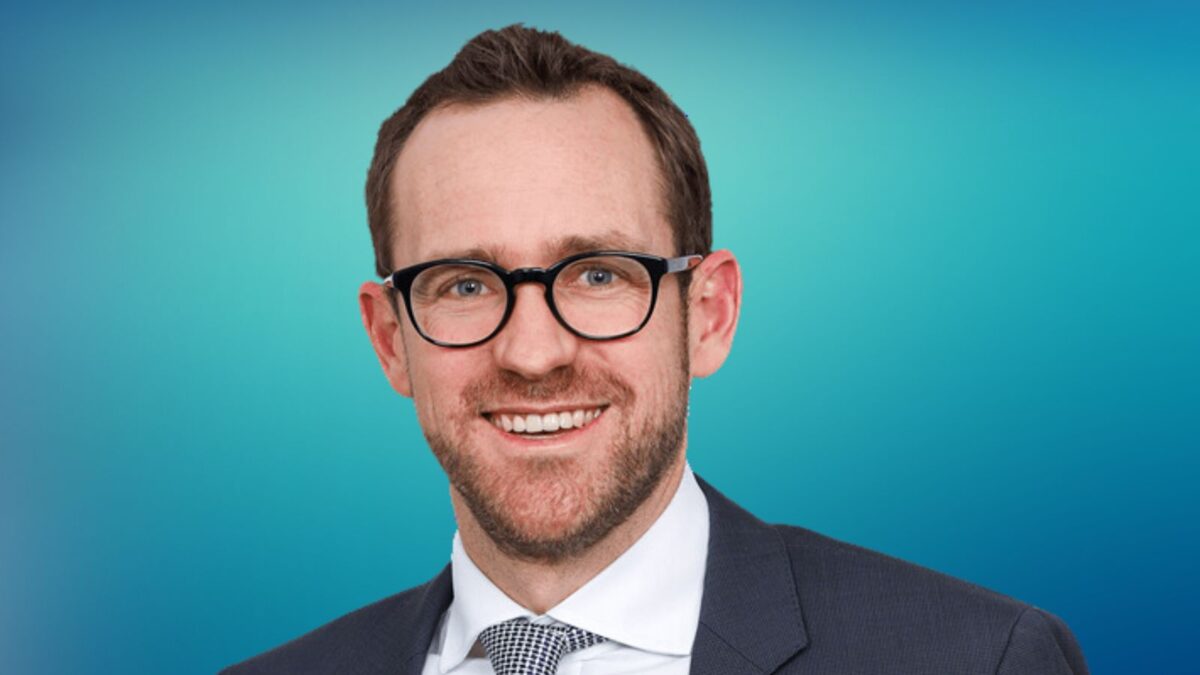APAC investors join the ESG party
They may be late to the party compared with Europe but companies and investors in the Asia Pacific region have taken to ESG principles and practices in a big way. They are particularly concerned about ‘greenwashing’, according to BNP Paribas.
In a webinar for the region’s media earlier this month (February 5) three ESG specialists from the global bank and fund manager said there was a change in mindset by investors and companies reflecting a shift to “stakeholder capitalism”.
As they gain more knowledge about ESG investing, they are also becoming more conscious of greenwashing, which is already subject to some growing regulatory concerns and oversight in Europe.
The fund flow figures in the retail market for 2020, as previously reported, show a net inflow into ESG-related funds of US$177 billion last year, which was six times the net inflow into traditional funds. The inflows peaked in November but remained almost as high in December (according to EPFR figures).
Perhaps ironically, the impact of COVID, when the whole world was concentrating on dealing with the pandemic, seems to have given ESG investing a boost. According to Gabriel Wilson-Otto, BNP Paribas Asset Management global head of sustainability research, there are three phases to the later reactions starting with proof of workable vaccines: relief; recovery; and, sustainable development.
“Looking at the dollar-spend on the recovery programs from governments around the world, a lot of this is going to sustainability,” he said. “We are rebuilding better for the future.” Because ESG risks were moving up the agenda for investors, he said, so too was their awareness of green washing.
Paul Milon, the APAC region head of stewardship for BNP Paribas Asset Management, said that the greenwashing problem, which investors had to avoid, followed the increased commercial interest in sustainability.
The most important new regulation globally is the EU’s new disclosure taxonomy for ESG and impact investing, which takes effect from March. It will have to be addressed by all managers with European operations, which includes most global managers.
In the APAC region, Milon said, the Hong Kong Exchange had ESG disclosure requirements, Singapore’s environmental risk management guidelines and Hong Kong’s SFC (Securities & Futures Commission) consultations on climate-related risks.
“There’s this increasing incentive for asset managers to claim ESG credentials but regulators are starting to focus on greenwashing… with emerging standards to create a sound foundation supporting the sustainability transition.”
In terms of investment opportunities, an estimated US$29 trillion would be spent moving to a low-carbon environment between 2020-2050. About 50 per cent of global emissions were already covered by net-zero pledges, he said. This compared with 10 per cent just in September 2019. There would be a direct economic benefit worth US$26 trillion from shifting to a green economy. “It’s a massive investment opportunity,” he said.
Chaoni Huang, BNP Paribas head of sustainable capital markets, global markets, for APAC, said: “Alignment with the ICMA (International Capital Market Association) framework is no longer sufficient. Companies need transparent disclosure and science-based targets.”
Asia was turning from a climate laggard to a climate leader, Huang said. “We expect that there will be a new wave of bonds issued which are more aligned to climate action. Some less obvious and new issuers will come to the market, for example high-emitting companies, such as cement and steel manufacturers and gas companies.”
It was especially important for APAC to take action because the region contained 17 out of the world’s 36 UN-designated “hotpots” for biodiversity – including fresh water and mangroves. “They are seriously at risk,” she said. Bond issuers and investors needed to price in the costs of destroying our natural habitats and species. “We need more private sector involvement. They need to step in with real capital or guarantees of support,” Huang said.
While climate-related bonds would continue to dominate the sector, social bonds would persist throughout 2021. They would tend to be in healthcare, affordable housing and micro-finance.











